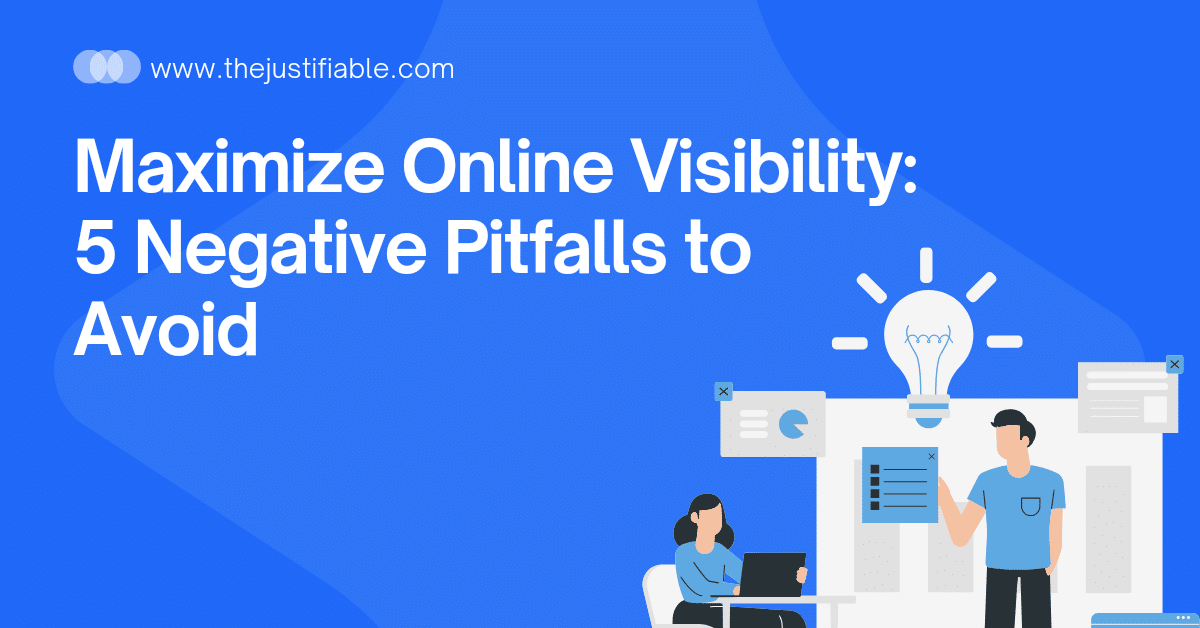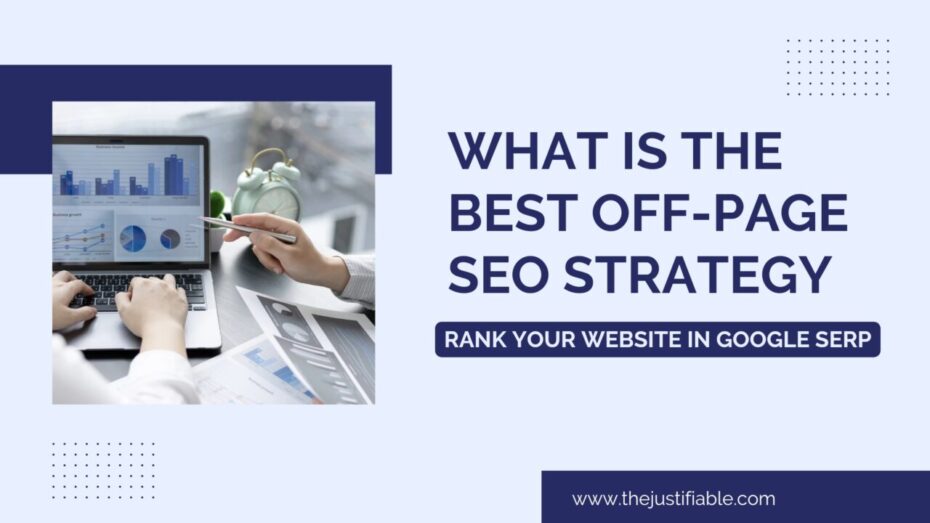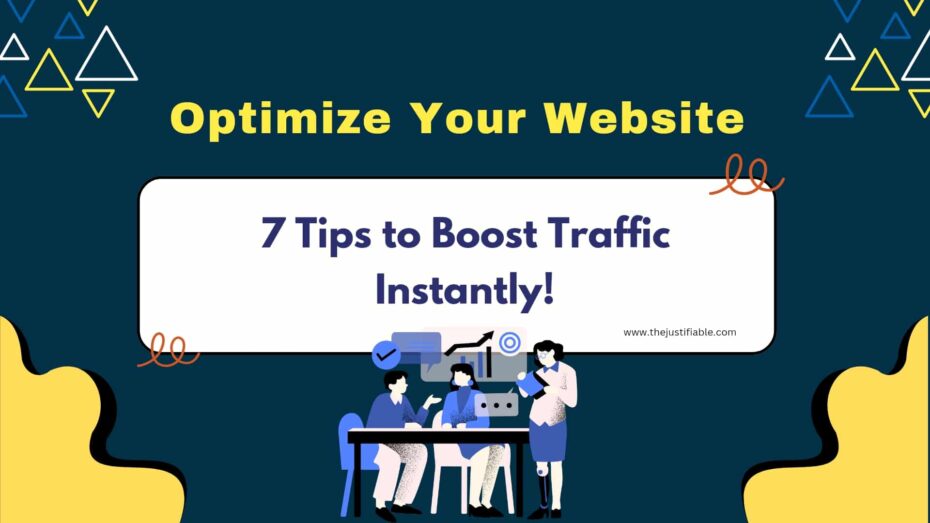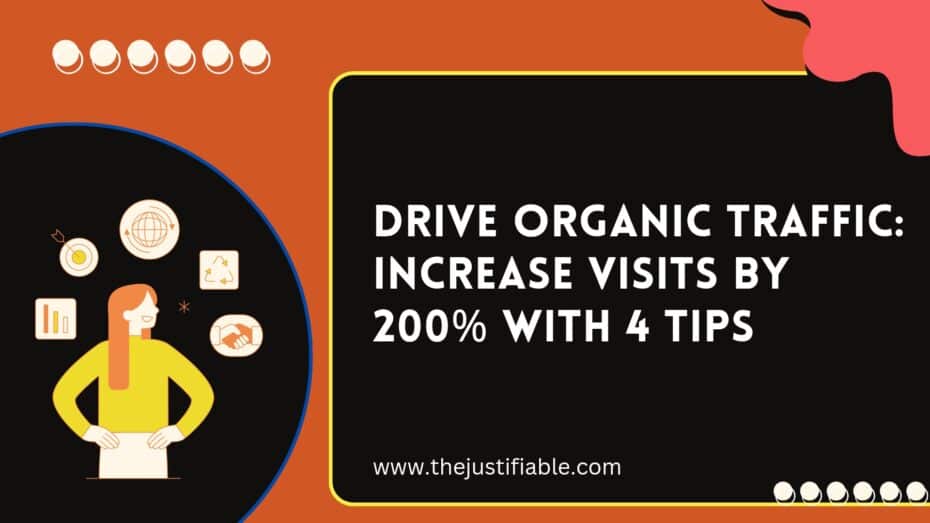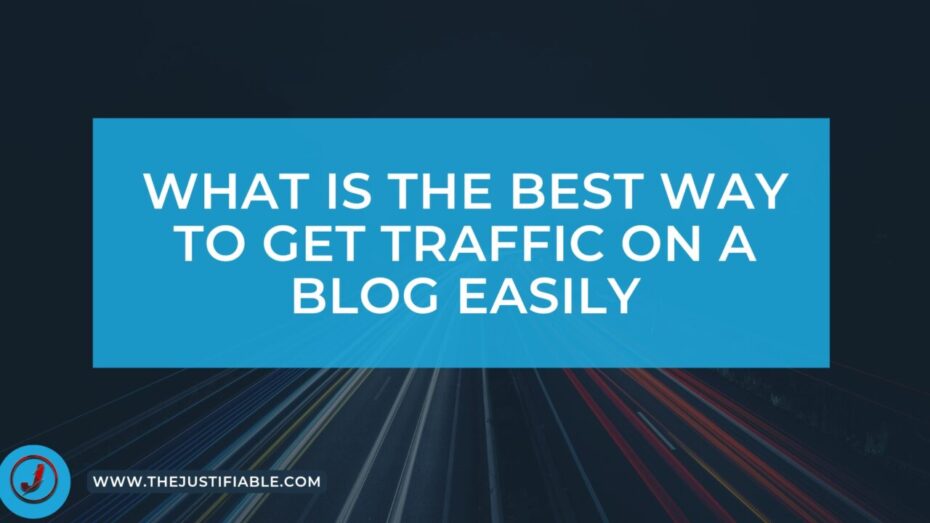Disclosure: This post contains affiliate links, which means that if you click on them and make a purchase, I will receive a commission. Read our Disclaimer for More.
Online visibility is the cornerstone of success in the digital age, but how can you maximize it without falling into common pitfalls? Are there strategies that can propel your brand to the forefront of your audience’s minds, or mistakes that could push you into the shadows of the online world? In this guide, I’ll walk you through the essentials of boosting your online presence while avoiding critical errors that many businesses unknowingly commit.
In my view, navigating the digital landscape requires a blend of innovation, strategy, and awareness. Most importantly, understanding the nuances of online visibility can mean the difference between thriving and barely surviving in the competitive online arena. My suggestion is to start by recognizing the common pitfalls that can derail your efforts.
From ignoring SEO fundamentals to neglecting the power of engagement, this article is designed to offer actionable insights and recommendations. By the end of this journey, you’ll have a clearer perspective on how to enhance your online visibility, ensuring your brand not only gets noticed but remembered and revered.
The Importance of Online Visibility
Have you ever wondered why some brands seem to dominate the online space while others struggle to make an impact? What makes online visibility not just a marketing goal but a cornerstone for any successful digital strategy? In my view, understanding the pivotal role of online presence is the first step toward unlocking your brand’s full potential. Let me share why elevating your visibility online is a game-changer for businesses in any sector.
- Building Brand Awareness: At its core, enhancing your online visibility means more eyes on your brand. This increased exposure is crucial for building brand recognition. From my perspective, the more familiar your target audience becomes with your brand online, the more likely they are to trust and engage with your offerings.
- Driving Website Traffic: A visible online presence directly translates to increased website traffic. I strongly believe that by leveraging SEO strategies and social media engagement, you can attract more visitors to your site. This not only boosts your potential for conversions but also enhances your brand’s authority in the digital marketplace.
- Competitive Advantage: In today’s crowded market, standing out is more important than ever. Online visibility puts you ahead of competitors who may not be leveraging digital platforms effectively. I would say that by making your brand more visible online, you’re also making it more accessible and appealing to potential customers who are actively searching for solutions that you provide.
In my honest opinion, neglecting online visibility in the digital age is akin to turning away potential business. By focusing on building a strong online presence, you’re opening doors to endless opportunities for growth, engagement, and success. Here’s how you can start: focus on creating quality content, optimizing for search engines, and engaging with your audience across social platforms. These steps are foundational in enhancing your brand’s visibility and establishing a robust online footprint.
60% of Businesses Fail to Leverage Full Online Potential
Did you know that 60% of businesses are not fully leveraging their online potential? This staggering statistic highlights a significant gap between the possibilities that the digital landscape offers and what is actually being achieved by many companies. In my view, this gap represents not just missed opportunities but a call to action for businesses to reevaluate their digital strategies.
Most importantly, the digital age offers an unprecedented platform for growth, engagement, and connectivity. Yet, it seems that a majority of businesses struggle to navigate this complex terrain. My recommendation for these businesses is to start with a comprehensive audit of their online presence. This involves assessing their website’s user experience, SEO performance, and social media engagement. From my perspective, understanding where you stand is the first step towards capitalizing on the full spectrum of online potential.
Elevate Your Brand: Why Visibility Matters in the Digital Age
Why does online visibility matter so much in the digital age? Simply put, in an era where the majority of consumers turn to the internet for information, shopping, and entertainment, being visible online is synonymous with existing. From my point of view, a brand that invests in its online presence is a brand that is committed to meeting its audience where they are: online.
Elevating your brand’s online visibility is not just about being seen; it’s about being recognized and remembered. I strongly believe that consistent, quality online engagement not only boosts your visibility but also builds trust and loyalty with your audience. My suggestion is to leverage both organic and paid strategies to enhance your visibility. This could include SEO, content marketing, social media engagement, and targeted advertising. According to my experience, a multifaceted approach is key to making a lasting impression in the digital landscape.
Pitfall 1: Ignoring SEO Fundamentals
A surprising 70% of online businesses admit to not having a consistent SEO strategy. This reveals a critical oversight in the digital marketing efforts of many companies. Ignoring SEO fundamentals can severely limit your online visibility, making it harder for potential customers to find you amidst the vast digital landscape. In my honest opinion, understanding and implementing basic SEO principles is non-negotiable for any business aiming to succeed online.
Here’s my recommendation on how to avoid this common pitfall:
- Conduct Thorough Keyword Research: Start by identifying the keywords that your target audience uses to search for products or services like yours. This will guide your content creation and ensure you’re visible in relevant searches.
- Optimize Website Structure and Content: Ensure that your website is easily navigable and that your content is optimized for both search engines and users. This includes using meta tags, creating quality content, and improving site speed. From my point of view, a well-structured website is a cornerstone of effective SEO.
- Build Quality Backlinks: Acquiring backlinks from reputable sites not only boosts your site’s authority but also its visibility in search results. I strongly believe that a strategic approach to link building can significantly impact your SEO performance.
- Stay Updated with SEO Best Practices: The world of SEO is ever-evolving. Keeping abreast of the latest trends and algorithm updates is crucial. I would say that ongoing education and adaptation are key to maintaining and improving your online visibility.
In my experience, overlooking SEO is a mistake too costly for any business to make. Implementing these fundamental strategies will not only enhance your online presence but also set a solid foundation for your digital marketing efforts. Remember, SEO is a marathon, not a sprint. Patience and persistence will lead to long-term success.
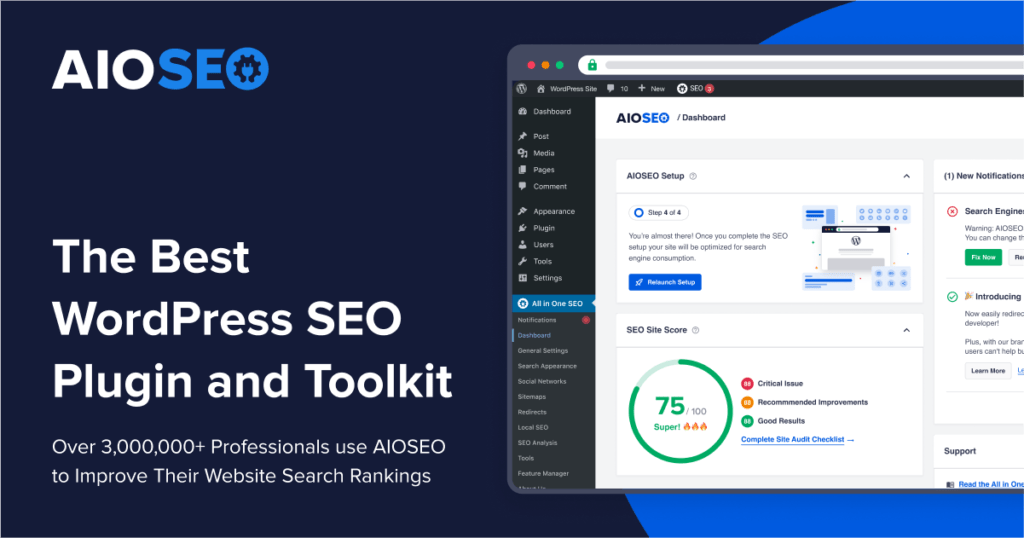

Overlooking Keyword Research: A Fatal Flaw
One of the most fundamental errors a business can make in its online strategy is overlooking the importance of keyword research. It might surprise some to learn that keyword research is not just about SEO; it’s about understanding your audience’s language and the terms they use when seeking solutions online. From my perspective, skipping this step is akin to setting sail without a compass. You might move forward, but you’re essentially navigating in the dark, likely missing the mark on reaching your intended audience.
Keyword research serves as the foundation for crafting content that resonates with your target market. It’s not just about identifying the most searched terms but understanding the intent behind these searches. This insight allows you to tailor your content, products, and services to meet the needs of your audience effectively. In my honest opinion, businesses that prioritize this aspect of their digital strategy tend to see a significant improvement in their online visibility and engagement rates.
Here’s my recommendation for getting started: utilize a variety of tools and resources available for keyword research, such as Google Keyword Planner, SEMrush, or Ahrefs. These platforms can provide valuable data on search volume, competition, and related queries. Most importantly, apply this research to all aspects of your online presence, from website content to social media posts. Remember, keyword research is an ongoing process that adapts to trends and changes in consumer behavior. Staying proactive and responsive to these shifts is key to maintaining and enhancing your online visibility.
The Power of Backlinks: Missing a Golden Opportunity
Many businesses underestimate the power of backlinks, missing out on a golden opportunity to enhance their online visibility. Backlinks, or links from other websites to your own, are a critical factor in how search engines determine the relevance and authority of your site. From my experience, a robust backlink profile can significantly boost your search engine rankings, driving more organic traffic to your website. It seems to me that some businesses overlook this strategy, focusing solely on on-page SEO, without realizing that backlinks can serve as a strong endorsement of their site’s quality and relevance.
Creating high-quality content that others want to link to is the cornerstone of earning backlinks. I strongly believe in the value of guest blogging, engaging with industry influencers, and participating in relevant online communities as effective ways to build backlinks. Remember, the goal is not just to increase the number of backlinks but to earn high-quality links from reputable sites in your industry. My recommendation is to prioritize quality over quantity, as this will contribute more significantly to your site’s authority and online visibility.
Mobile Optimization: Don’t Fall Behind in 2024
As we move further into 2024, mobile optimization is no longer a nice-to-have; it’s a must. With over half of all global web traffic coming from mobile devices, failing to optimize your website for mobile users means potentially alienating a significant portion of your audience. From my point of view, mobile optimization is about providing a seamless and engaging user experience, regardless of device. This includes fast loading times, responsive design, and easily navigable interfaces. It seems that businesses lagging in this area risk not only losing traffic but also damaging their search engine rankings, as mobile-friendliness is a key ranking factor for Google.
My recommendation for businesses is to conduct a thorough review of their mobile site performance. This involves testing loading speeds, ensuring ease of navigation, and making sure that content is easily viewable on smaller screens. Most importantly, consider the user’s journey from start to finish, making any adjustments necessary to ensure a smooth and enjoyable experience. In my experience, businesses that prioritize mobile optimization are better positioned to engage with their audience effectively and maintain a competitive edge in the digital landscape.
Pitfall 2: Neglecting Social Media Impact
“Social media is not just an activity; it is an investment of valuable time and resources.” This quote underscores the significant impact social media can have on a business’s online visibility. Yet, many companies still neglect this powerful tool, missing out on the opportunity to connect with their audience, enhance brand awareness, and drive traffic to their website. From my perspective, overlooking the impact of social media is one of the critical pitfalls in today’s digital marketing strategies.
To avoid this mistake, here are a few steps I recommend:
- Develop a Consistent Posting Schedule: Consistency is key to building a following and keeping your audience engaged. I suggest planning your content in advance and using scheduling tools to maintain a regular posting rhythm.
- Engage with Your Audience: Social media is a two-way street. It’s not enough to just post content; you need to interact with your followers. Respond to comments, participate in conversations, and show that there’s a human behind the brand. From my experience, this level of engagement significantly boosts loyalty and online visibility.
- Leverage Different Platforms: Don’t put all your eggs in one basket. Different platforms cater to different demographics and interests. I strongly believe in researching where your target audience spends their time and tailoring your strategy to meet them on those platforms. Whether it’s Instagram, Twitter, LinkedIn, or TikTok, each platform offers unique opportunities to showcase your brand.
Neglecting social media in your digital marketing efforts can severely limit your reach and ability to engage with potential customers. In my honest opinion, businesses that embrace social media, understand its power, and invest time into crafting a meaningful presence will see a significant improvement in their online visibility and overall brand strength. Here’s how you can start: audit your current social media performance, set clear goals, and begin implementing a more strategic approach to your social media efforts.
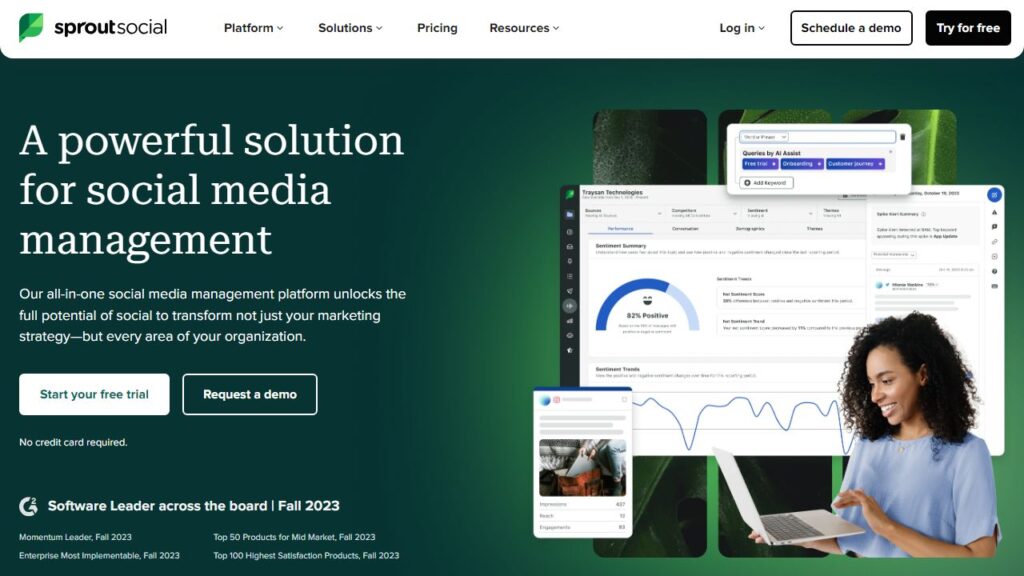

The Perils of Inconsistent Posting: Lose Followers Fast
Consistency in social media posting is not just recommended; it’s crucial. An erratic posting schedule can confuse your audience and significantly decrease your online visibility. From my experience, inconsistency is a surefire way to lose followers quickly. Your audience expects regular updates and engagement; when they don’t receive them, they’re likely to turn their attention elsewhere. I strongly believe that maintaining a consistent presence is key to building and retaining a dedicated following.
To combat this, I recommend establishing a content calendar. This tool is invaluable for planning out your posts in advance and ensuring that you’re regularly engaging with your audience. Additionally, leveraging scheduling tools can help you maintain consistency, even on busy days. From my perspective, the effort you put into planning your social media strategy will pay dividends in maintaining a loyal audience base.
Underestimating Visual Content: A Key to Engagement
Visual content is a powerful tool in the realm of social media, yet it’s often underestimated. In today’s fast-paced digital world, images and videos can communicate your message more effectively than text alone. I believe that incorporating high-quality visual content into your social media strategy is essential for capturing attention and boosting engagement. According to recent studies, posts with images or videos receive significantly more engagement than those without.
Here’s my suggestion: invest in creating or curating quality visual content that resonates with your brand and audience. Whether it’s behind-the-scenes photos, informative infographics, or engaging videos, visual content can make your posts more shareable and memorable. In my estimation, this not only enhances your online visibility but also strengthens your connection with your audience. Remember, in the world of social media, a picture truly is worth a thousand words.
Pitfall 3: Overlooking Website User Experience
Just as a well-designed storefront invites customers in, a well-optimized website user experience (UX) draws online visitors deeper into your digital space. Yet, many businesses overlook this crucial aspect, much like a store neglecting the layout and accessibility of its physical space. The consequence? Potential customers bounce off the site as quickly as they arrived, reducing online visibility and sales opportunities. In my view, prioritizing website UX is not just about aesthetics; it’s about creating a seamless, enjoyable journey for your users.
To enhance your website’s user experience, I recommend the following steps:
- Simplify Navigation: Ensure that your website’s navigation is intuitive and straightforward. Users should find what they’re looking for in just a few clicks. From my perspective, a clear, well-structured menu is the backbone of effective UX.
- Optimize Page Speed: Slow loading times are a major deterrent for online visitors. I strongly believe in regularly testing and optimizing your website’s speed to keep your audience engaged. Tools like Google PageSpeed Insights can offer valuable recommendations for improvement.
- Mobile Responsiveness: With the majority of internet browsing done on mobile devices, a responsive design is non-negotiable. I think ensuring your website is mobile-friendly not only improves UX but also boosts your search engine rankings, as mobile-friendliness is a ranking factor.
Ignoring the importance of website user experience can significantly impact your online visibility and effectiveness. In my honest opinion, businesses that invest in optimizing their site’s UX are more likely to retain visitors, convert leads, and ultimately, outperform their competition. Here’s how you can start: conduct a UX audit of your site, identify areas for improvement, and systematically address each issue to create a more engaging and user-friendly online presence.
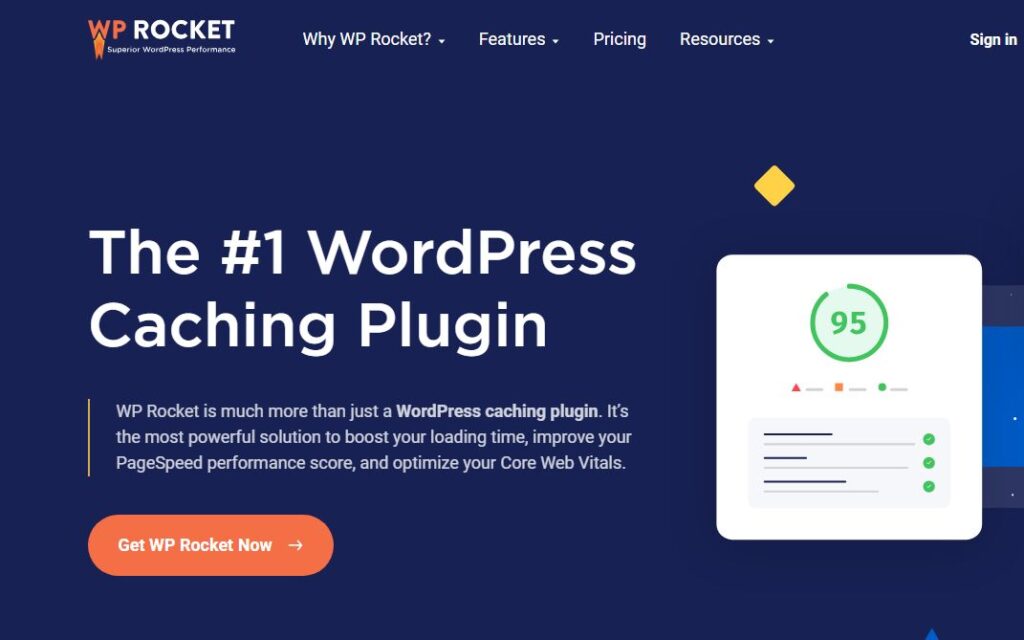

Slow Loading Speeds: A Fast Track to Losing Visitors
In the digital realm, patience is a rare commodity. Slow loading speeds are like a closed door to potential visitors: a surefire way to turn them away before they’ve even seen what you offer. It’s a startling reality that a delay of just a few seconds can lead to significant bounce rates. From my perspective, optimizing your website’s loading time is not just an improvement; it’s a necessity. Websites that load quickly retain visitors longer, improve user experience, and, most importantly, enhance online visibility.
To combat slow loading speeds, I recommend focusing on compressing images, leveraging browser caching, and minimizing the use of heavy scripts and plugins. Tools such as Google’s PageSpeed Insights can provide invaluable insights into what’s slowing your site down and how to fix it. According to my experience, even minor adjustments can lead to noticeable improvements in speed, directly influencing visitor satisfaction and engagement.
Navigational Nightmares: Why Simplicity Wins
A complex website navigation is akin to a maze: it confuses visitors, frays their patience, and often sends them back the way they came. Simplicity, on the other hand, is like a clear, well-lit path that guides visitors exactly where they want to go. In my opinion, simplifying your site’s navigation is one of the most effective ways to enhance user experience and retain visitors. A straightforward, intuitive menu allows users to find information quickly, improving their overall experience and your site’s usability.
My recommendation is to streamline your website’s structure by organizing content logically, minimizing the number of menu items, and including a search function to help visitors find what they need instantly. From my experience, sites that prioritize easy navigation see higher engagement rates, lower bounce rates, and improved conversion metrics. Remember, in the world of website design, less is often more. Embracing simplicity in your navigation can lead to a more enjoyable user experience, encouraging visitors to stay longer and engage more deeply with your content.
Pitfall 4: Underutilizing Data Analytics
It’s true that navigating the vast sea of data analytics can seem daunting at first glance. The sheer volume of available data might overwhelm rather than enlighten. However, underutilizing data analytics is akin to sailing without a compass; you might be moving, but not necessarily in the right direction. Data analytics offers invaluable insights into customer behavior, preferences, and trends, which are crucial for refining marketing strategies and enhancing online visibility. Ignoring this tool means missing out on opportunities to optimize your digital presence and connect with your audience on a deeper level.
Here’s how you can start leveraging data analytics effectively:
- Track Visitor Behavior: Use analytics tools to understand how visitors interact with your website. Look for patterns in page visits, bounce rates, and conversion paths. This information is gold dust for optimizing user experience and increasing engagement.
- Analyze Social Media Engagement: Social media platforms provide rich data on how your audience engages with your content. Analyze likes, shares, comments, and most importantly, the reach of your posts. This can inform your content strategy, helping you to produce more of what your audience loves.
- Monitor SEO Performance: Data analytics can show you how well your SEO efforts are paying off. Track rankings, organic traffic, and keyword performance to fine-tune your SEO strategy. This direct feedback loop allows you to make informed decisions and adjust your tactics for better results.
From my perspective, data analytics is not just about collecting data; it’s about deriving actionable insights that can drive your online strategy forward. I strongly believe that businesses that embrace data analytics gain a competitive edge, enabling them to make smarter decisions and achieve greater online visibility. In my honest opinion, investing time and resources into understanding and applying data analytics is essential for any business looking to thrive in the digital age.
Ignoring Audience Insights: Missed Opportunities for Growth
Understanding and leveraging audience insights are critical for any business aiming to expand its online presence and engagement. However, it’s all too common for companies to overlook this aspect, thereby missing out on significant opportunities for growth. Audience insights give you a clear picture of who your customers are, what they want, and how they interact with your brand.
Ignoring these insights is akin to navigating without a map, where you’re unlikely to reach your desired destination. From my experience, businesses that actively seek and use audience insights can tailor their strategies to meet customer needs more effectively, leading to increased satisfaction and loyalty.
To harness the power of audience insights, I recommend closely monitoring social media interactions, customer feedback, and website analytics. These channels offer a wealth of information about your audience’s preferences and behaviors. Moreover, engaging directly with your customers through surveys or feedback forms can provide deeper insights into their expectations. From my point of view, the key is to listen actively to your audience and adapt your strategies accordingly. This approach not only enhances your online visibility but also fosters a stronger connection with your audience, paving the way for sustained growth.
Not Setting Clear Goals: The Importance of Measurable Objectives
A common pitfall that hinders the growth of many businesses is the lack of clear, measurable goals. Without specific objectives, assessing the effectiveness of your strategies and the overall progress of your online visibility efforts becomes challenging. It’s like sailing without a destination; you might be moving, but without direction, you won’t know if you’re getting closer to where you want to be. Setting clear goals provides a benchmark against which you can measure your successes and identify areas for improvement. In my opinion, clear goals are the foundation of any successful digital strategy.
To avoid this pitfall, I recommend starting with specific, measurable, achievable, relevant, and time-bound (SMART) objectives. For example, instead of setting a vague goal like “increase website traffic,” aim for something more tangible, such as “increase website traffic by 20% within the next six months through targeted social media campaigns and SEO optimization.” This clarity allows you to focus your efforts more effectively and measure your progress accurately.
In my experience, businesses that set and pursue clear goals are better equipped to adjust their strategies in response to performance data, leading to continuous improvement and greater online visibility.
Pitfall 5: Failing to Engage With Your Audience
It might come as a surprise to learn that despite the interconnectedness of the digital age, many businesses still fail to engage effectively with their audience. This oversight can significantly dampen online visibility and hinder the growth of a brand. Engagement is not just about broadcasting your message; it’s about creating a dialogue and building relationships. In my view, the brands that excel online are those that understand the importance of engagement and actively foster interactions with their audience.
To enhance audience engagement, I recommend the following strategies:
- Prompt Response to Comments and Messages: Show your audience that you value their input by responding promptly to their comments and messages. This not only boosts engagement but also builds trust and loyalty.
- Create Interactive Content: Polls, quizzes, and interactive videos are great ways to encourage audience participation. From my perspective, interactive content not only entertains but also provides valuable insights into your audience’s preferences.
- Host Live Sessions: Live Q&As, webinars, or product demonstrations offer a real-time platform for interaction. I strongly believe that live sessions can significantly increase engagement by making your audience feel valued and heard.
Failing to engage with your audience is a missed opportunity to deepen connections and enhance your brand’s online presence. In my honest opinion, active engagement is crucial for understanding your audience better, refining your offerings, and ultimately driving growth. Remember, engagement is a two-way street; the more you invest in understanding and interacting with your audience, the more they will engage with your brand.
The Detriment of Ignoring Feedback: A Brand’s Downfall
Ignoring customer feedback is a critical misstep that can lead to a brand’s downfall. It’s surprising how often businesses overlook this vital source of insight. Feedback is more than just opinions; it’s a window into the customer’s mind, revealing what your business is doing right and where it can improve.
Acknowledging and acting on this feedback is essential for any brand aiming to grow and maintain a positive reputation. From my point of view, the brands that thrive are those that treat feedback as a precious resource, using it to refine their products, services, and customer interactions.
Addressing customer feedback promptly and effectively demonstrates that you value their input, fostering a sense of loyalty and trust. It’s crucial to see feedback as an opportunity to engage directly with your audience and make meaningful improvements. Speaking personally, I’ve seen brands transform customer criticisms into actionable insights, leading to enhanced product offerings and service improvements. This not only boosts customer satisfaction but also reinforces the brand’s commitment to excellence and responsiveness.
The Power of Community: Building Loyalty Online
Building a community around your brand online is a powerful strategy for fostering loyalty and engagement. In today’s digital landscape, a brand’s strength is often measured by the vibrancy and engagement of its online community. This community becomes a platform for customers to connect not just with the brand but with each other, sharing experiences, advice, and feedback. From my perspective, the power of community lies in its ability to create a sense of belonging among customers, which in turn, amplifies loyalty and advocacy for the brand.
Creating a strong online community requires more than just sharing content; it involves active participation and engagement from the brand itself. This means listening to what your community is saying, engaging in conversations, and providing value that goes beyond what you sell.
In my experience, brands that invest in their online communities see a significant return in terms of customer loyalty, repeat business, and word-of-mouth promotion. The key is to consistently engage with your community in a meaningful way, showing that you value their participation and feedback.
Transform Challenges into Opportunities: Boost Your Online Visibility
In the ever-evolving digital landscape, challenges in boosting online visibility can often seem daunting. However, it’s crucial to remember that within every challenge lies a potential opportunity. From my point of view, understanding this can be the key to unlocking unprecedented growth for your brand. Instead of viewing obstacles as roadblocks, see them as chances to innovate and stand out in the crowded online space.
Most importantly, I suggest starting with a comprehensive audit of your current online presence. This can help identify not just the weaknesses but also the untapped opportunities. For example, if your website’s SEO performance is lacking, this isn’t just a challenge; it’s an opportunity to overhaul your content strategy, incorporating keywords more effectively and improving user engagement through valuable, relevant content.
Moreover, I strongly believe in the power of social media as a tool for turning challenges into opportunities. Engaging with your audience on these platforms can transform a challenge, such as low brand awareness, into an opportunity to create meaningful, shareable content that boosts visibility.
My recommendation is to leverage analytics to understand your audience better and tailor your social media strategy accordingly. This personalized approach can significantly enhance your online visibility, turning potential challenges into stepping stones for success. In my experience, brands that adopt this mindset not only navigate the digital landscape more effectively but also achieve lasting growth and visibility.

